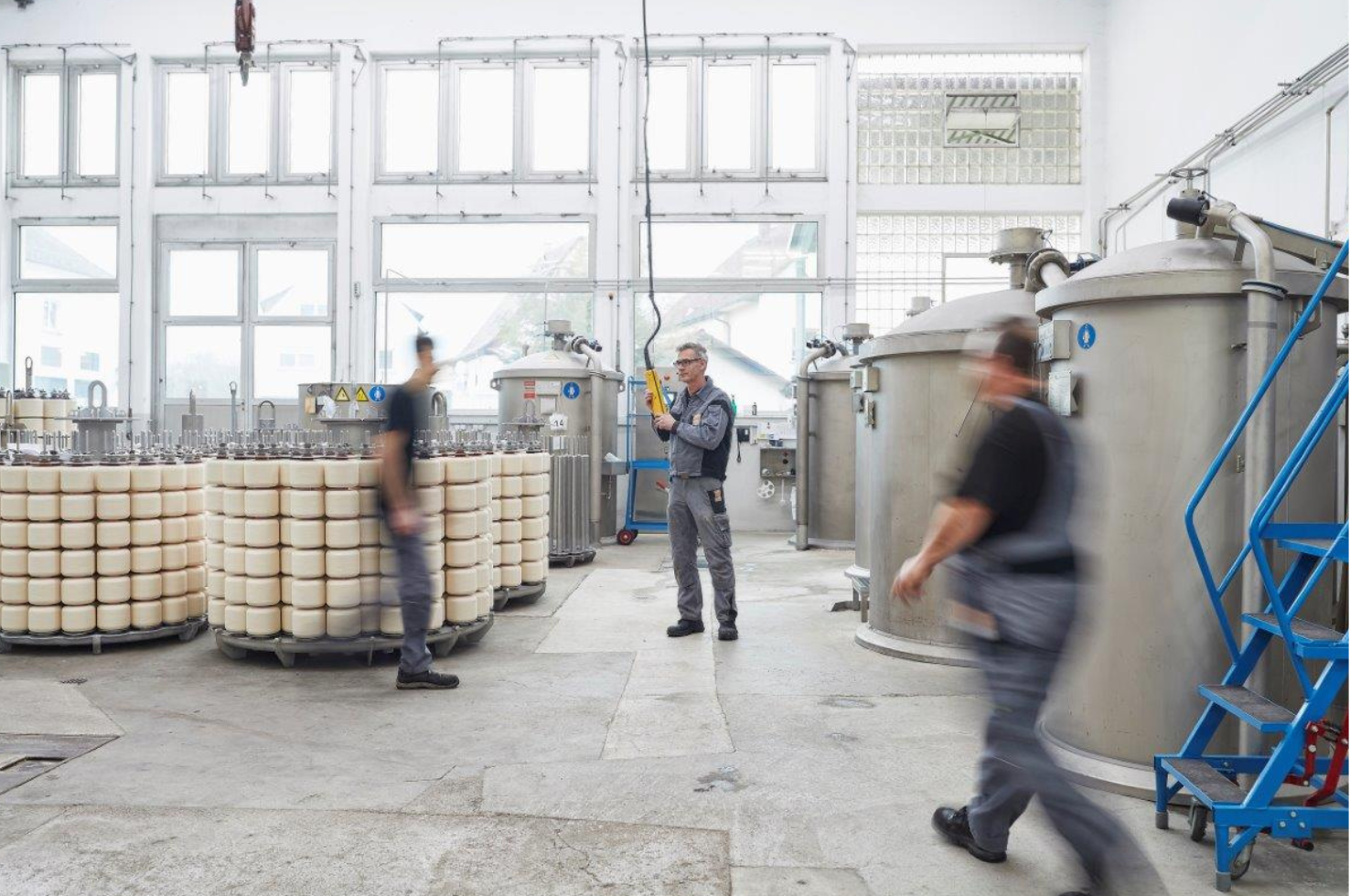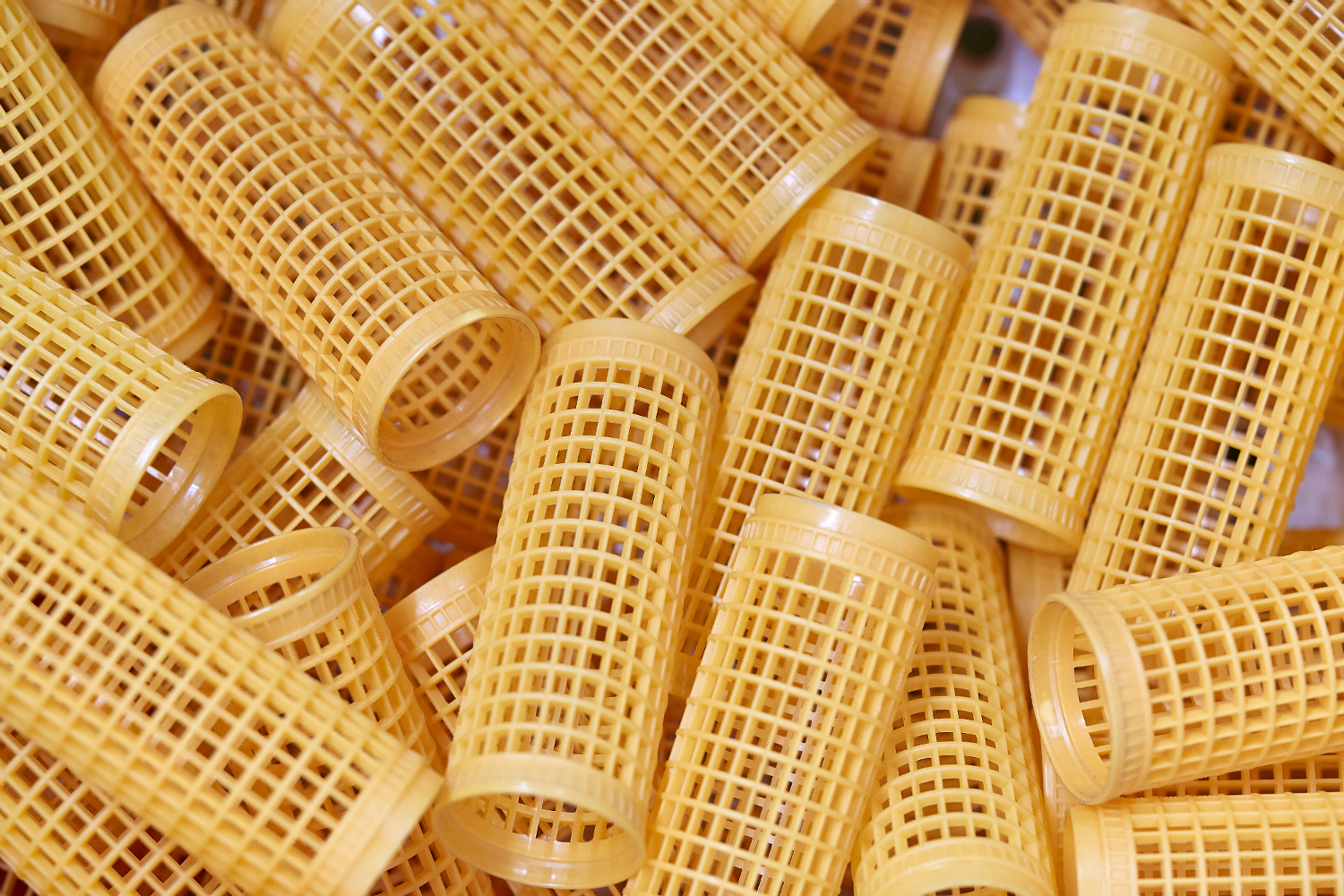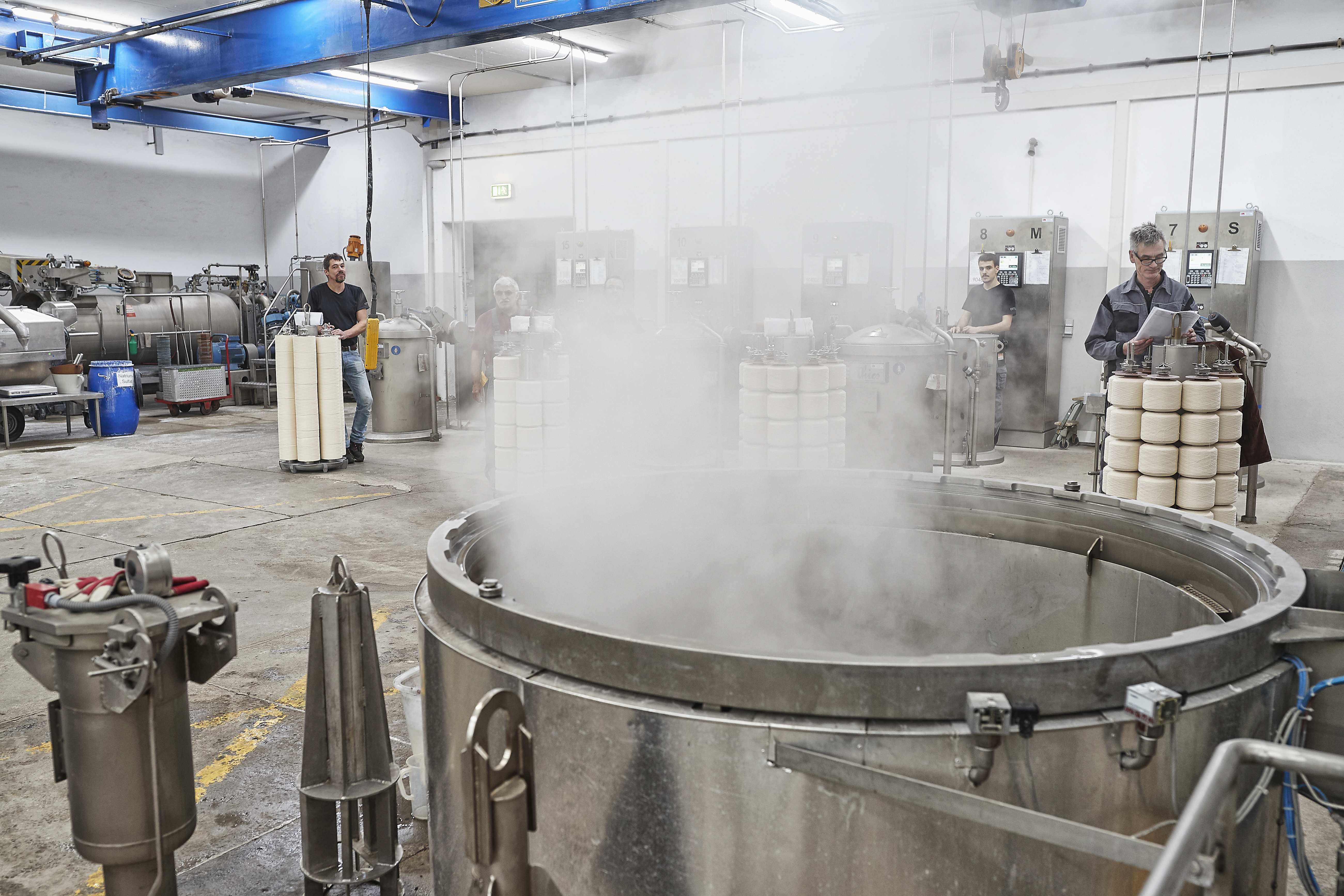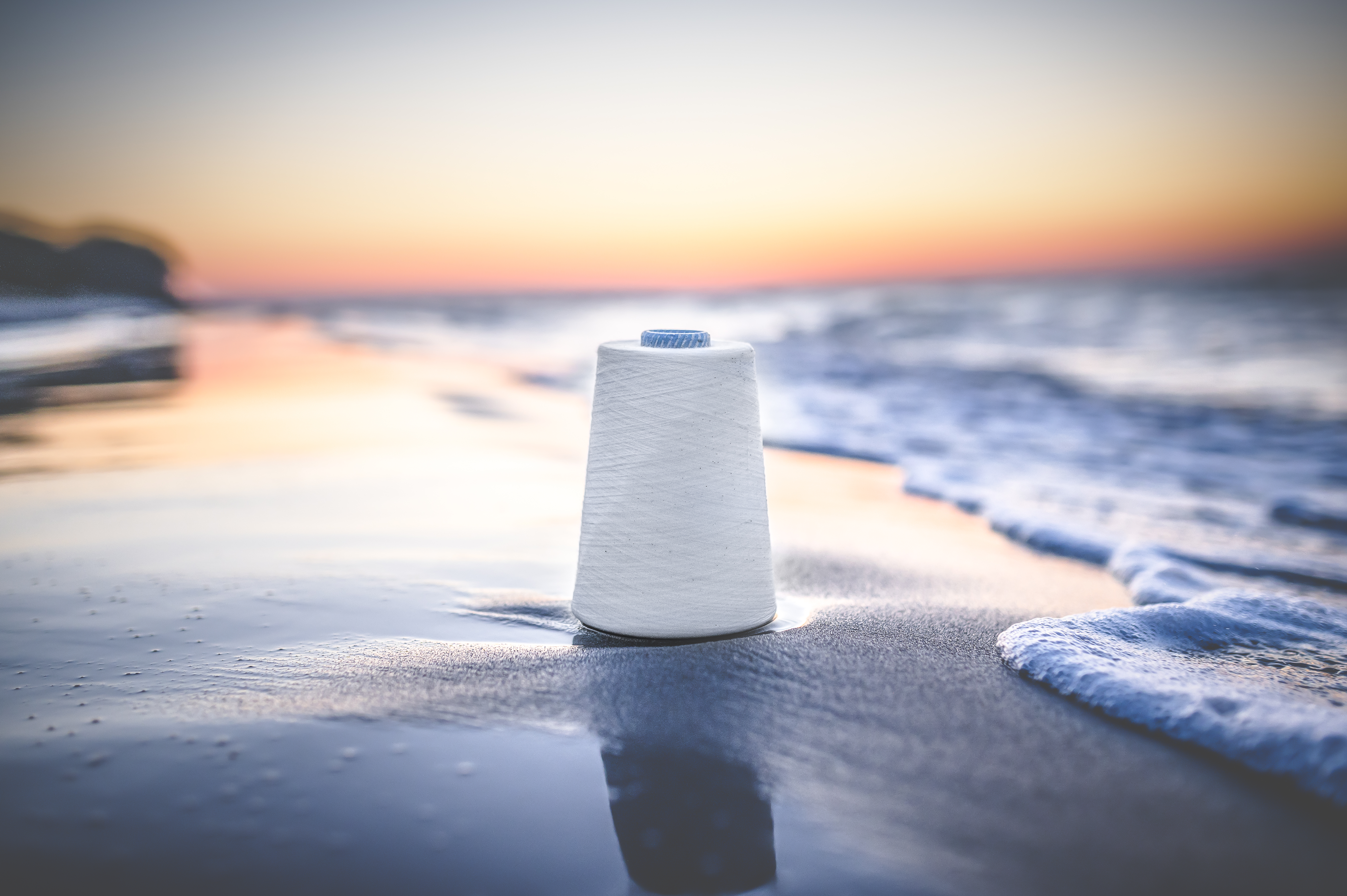Energy saving
The STeP certification attests us above-average values in the area of energy efficiency. Responsible for this are, for example, our hydroelectric power plants in Balzheim and Dietenheim. Efficient production equipment does its part, too: Our machinery for ring spinning and winding machines is state-of-the-art: All existing equipment was completely replaced by new, energy-efficient ones from 2022 to 2023.
In addition, there is the "sum of the little things": new compressors, a new transformer station, the replacement of the existing lighting and the renewal of the heating and radiators in various rooms belong to this category.
By 2025, we have set ourselves the goal of saving another five percent of energy. In the long term, by 2035, we want to be CO2-neutral. To achieve this, we have to make the best possible use of the energy we use.

CO2 emissions
The curve showing CO2 emissions at Gebr. Otto is pointing steadily downwards. Between 1998 and 2020, we reduced them by two thirds. To achieve this, we had to take a critical look at our consumption. In 2011, we introduced an energy management system for this purpose. Together with the Hohenstein Institute, we also carried out an LCA project to determine the carbon footprint of our products.
We want to be CO2 neutral by 2035. To achieve this goal, renewable energies are an essential component. We have been using hydroelectric power since 1901, and we plan to add energy from the sun from 2023: Solar panels are currently being installed on the roofs of the plant in Balzheim. This investment was preceded by a feasibility study on the replacement of fossil fuels with renewable energies.
This affects the calculation of the CO₂ emission. Regarding the power the energy mix has been taken into account.
Waste
"Can this go?" Tidying fans love this question, grandmothers of the post-war generation cringe. As meticulous as we may be when it comes to tidiness and cleanliness, very little can really "go" with us, most of it "still works". Our recycling rate is 90 percent. This means that almost all materials, such as cores, spools or pallets, can be reused in production.

Heating

Last year, we rebuilt the heating system at the Dietenheim plant, purchased a heat exchanger and installed new radiators in various rooms.
By the way, we also use existing things as much as possible when it comes to heating: we heat our meeting room in Dietenheim with the heat from the waste water from the dye works.
Water
We have already mentioned it: The modern equipment and optimised processes in our dyeing plant ensure exceptionally economical water consumption. And not only that: thanks to the modern dyeing processes, the OEKO-Tex certified dyes and auxiliaries as well as our many years of experience, we manage to comply with the waste water limits according to ZDHC and STeP.
Speaking of water: With our cotton yarn innovation recot², we have succeeded in reducing the water requirement of a finished T-shirt by 1,500 litres. For recot², we use 25 per cent recycled material from spinning pre-stages and downstream processes. What we reduce in process waste, we save in new raw cotton. This reduces the water requirement of the cotton yarn. And a cycle is closed.
The University of Ulm accompanied the development process scientifically and, above all, did the exact calculations.
